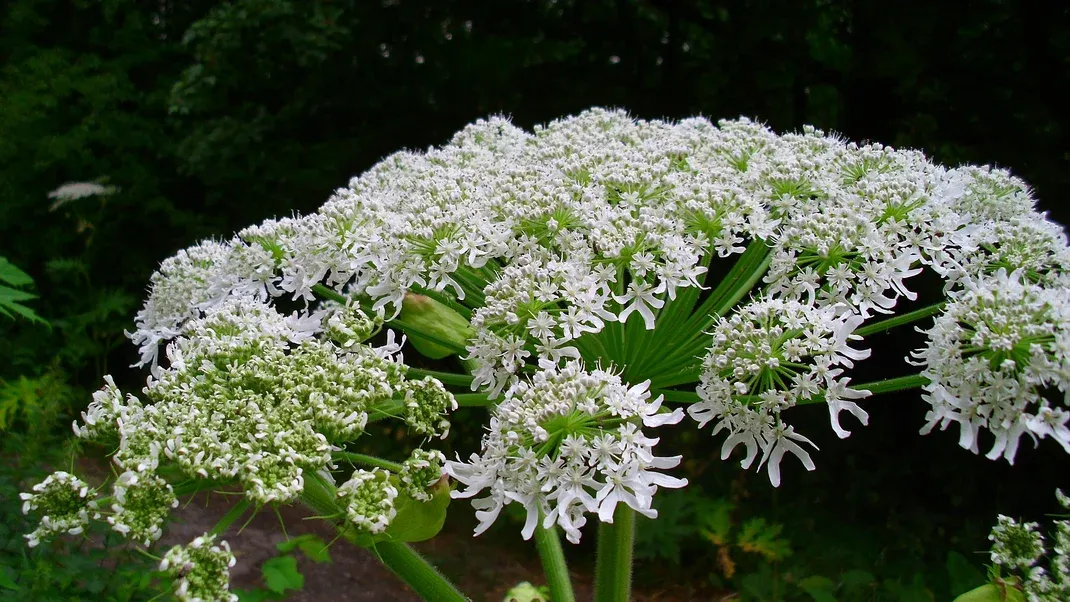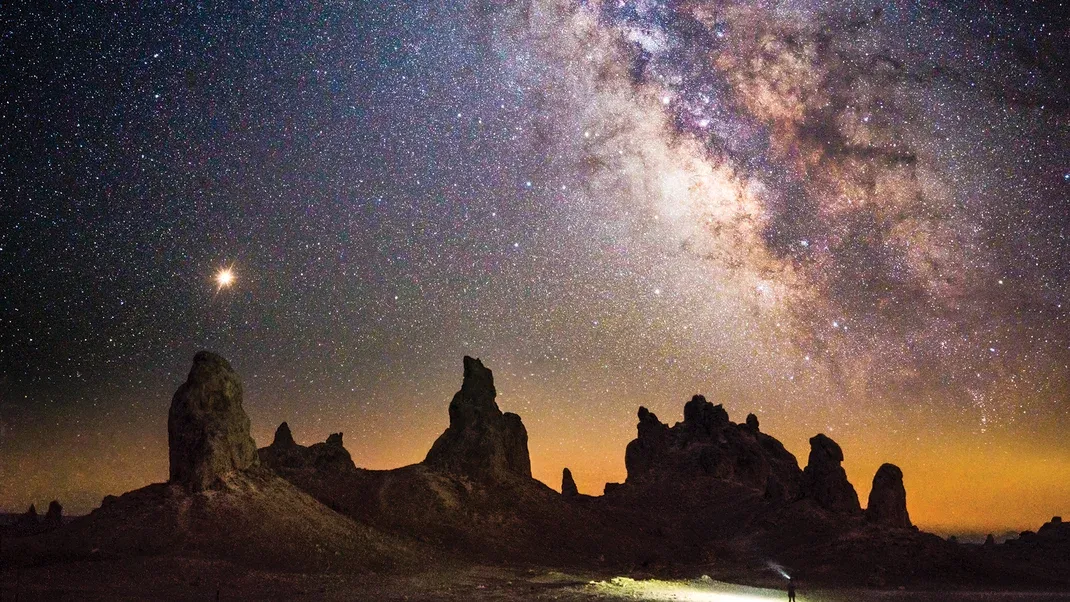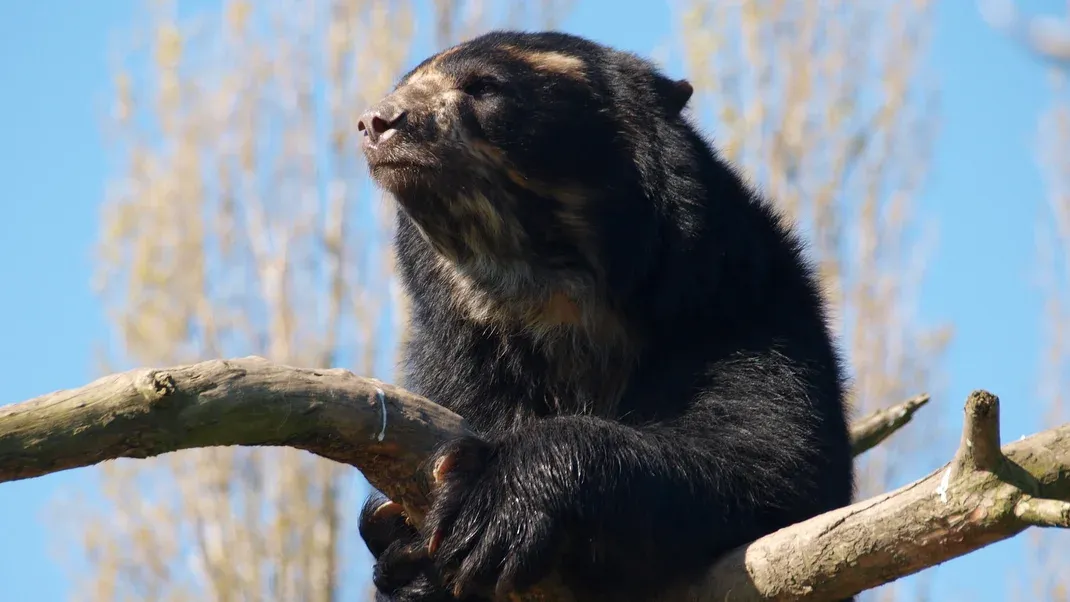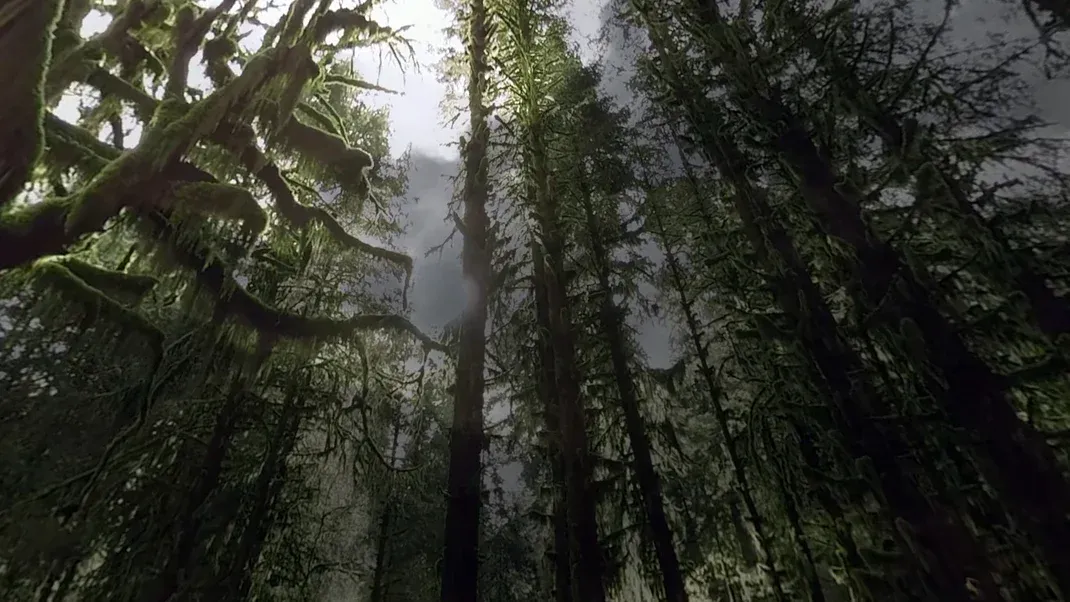Everything You Never Wanted to Know About Giant Hogweed, the Plant That Causes Third-Degree Burns
Giant hogweed is a highly toxic and invasive plant that has been causing concern due to its ability to cause severe burns and blisters on contact with skin. This invasive species can grow up to 14 feet tall and is found in North America, Europe, and parts of Asia. Its sap contains phototoxic chemicals that react with sunlight, causing a severe skin reaction that can result in third-degree burns and permanent scarring. The plant is also harmful to the environment, as it crowds out native species and can cause soil erosion. It is important to be aware of the dangers of giant hogweed and take precautions to avoid contact with this hazardous plant.

Giant hogweed, or Heracleum mantegazzianum, is a towering, menacing plant that has gained notoriety for its ability to cause severe skin burns and blisters. Native to the Caucasus region of Eurasia, this invasive species has spread to various parts of the world, including North America and Europe, where it poses a serious threat to human health and the environment.
The plant can grow up to 14 feet tall, with thick, hollow stems that are green with purple splotches. Its large, umbrella-shaped white flowers and deeply lobed leaves make it easily recognizable, but its beauty belies its dangerous nature. Giant hogweed is a member of the Apiaceae family, which also includes other toxic plants such as poison hemlock and cow parsnip.
The danger of giant hogweed lies in its sap, which contains phototoxic compounds known as furanocoumarins. When these compounds come into contact with human skin and are exposed to sunlight, they can cause a severe reaction known as phytophotodermatitis. This reaction can result in painful burns, blisters, and long-lasting scars, and in severe cases, it can lead to permanent skin damage and disfigurement.
The effects of giant hogweed sap on the skin are due to its ability to make the skin more sensitive to ultraviolet (UV) radiation. When the sap is absorbed into the skin and then exposed to sunlight, it triggers a series of chemical reactions that damage the skin cells, leading to inflammation, blistering, and tissue necrosis. The severity of the reaction depends on the concentration of the sap, the duration of the exposure, and the individual's skin sensitivity.
The symptoms of giant hogweed burns typically appear within 24 to 48 hours after exposure and can include redness, itching, swelling, and the formation of blisters. In some cases, the burns can be so severe that they require medical attention, including the administration of a corticosteroid cream or oral medication to reduce inflammation and pain. Additionally, the affected area may need to be covered and protected from sunlight to prevent further damage.
In addition to its effects on human health, giant hogweed also poses a threat to the environment. As an invasive species, it can outcompete native plants and disrupt ecosystems, reducing biodiversity and altering the natural landscape. Its rapid spread and prolific seed production make it a difficult plant to control, and efforts to eradicate it often require the use of herbicides and other chemical treatments.
The presence of giant hogweed can also impact agricultural activities, as it can contaminate crops and pastures, causing economic losses for farmers and landowners. Furthermore, the plant's large size and aggressive growth habits make it a challenge to manage, requiring ongoing efforts to prevent its spread and minimize its impact on the environment.
Despite its dangers, giant hogweed continues to be a problem in many areas, and efforts to manage its spread and mitigate its impact are ongoing. Government agencies, environmental organizations, and community groups are working together to raise awareness about the plant and develop strategies for its control and eradication. These efforts include the identification and removal of existing infestations, the monitoring of new sightings, and the implementation of measures to prevent the spread of seeds and sap.
In some cases, biological control methods, such as the introduction of natural predators or pathogens, are being considered as a way to manage giant hogweed populations without the use of chemical treatments. However, these approaches require careful consideration to ensure that they do not inadvertently harm other native species or disrupt the balance of the ecosystem.
In conclusion, giant hogweed is a dangerous plant that poses a threat to human health and the environment. Its toxic sap can cause severe skin burns and blisters, and its rapid spread and aggressive growth habits make it a challenge to control. Efforts to manage giant hogweed infestations and prevent its spread are ongoing, requiring collaboration and coordination among various stakeholders. By raising awareness about the dangers of giant hogweed and implementing effective control measures, we can work towards minimizing its impact and protecting both people and the natural environment from its harmful effects.






